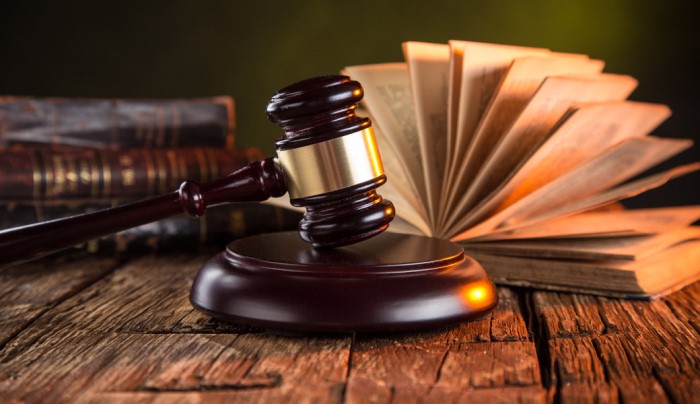Explore how copyright law influences innovation, the challenges it faces, and its impact on various industries. Learn about the future of copyright in a digital world.
Introduction
What is Copyright Law? Copyright law is a legal framework that grants creators exclusive rights to their original works. This includes literary, dramatic, musical, and artistic works. It ensures that authors, composers, and artists can control how their creations are used and benefit financially from them.
Importance and Relevance In an age where digital content and creative works are easily shared and reproduced, copyright law is crucial in protecting intellectual property. It fosters creativity and innovation by ensuring creators receive recognition and financial rewards for their efforts.
1. The Fundamentals of Copyright Law
1.1 Definition and Scope
- Legal Definition: Copyright is a set of exclusive rights given to creators for their original works. This includes the right to reproduce, distribute, perform, and display their work.
- Scope of Protection: Covers a wide range of works including literature, music, films, and software.
1.2 History of Copyright Law
- Origins: Tracing back to early laws and conventions aimed at protecting authors’ rights.
- Key Developments: Major milestones such as the Statute of Anne (1710) and the Berne Convention (1886).
1.3 Copyright vs. Other Intellectual Property Rights
- Trademarks: Protection of symbols, names, and slogans used in commerce.
- Patents: Rights granted for inventions and innovations.
- Trade Secrets: Protection of confidential business information.
2. The Role of Copyright Law in Encouraging Innovation
2.1 Incentivizing Creators
- Financial Rewards: Provides a revenue stream for creators through royalties and licensing.
- Recognition: Ensures creators receive acknowledgment for their work, fostering a sense of accomplishment.
2.2 Encouraging Investment in Creative Industries
- Attracting Investors: Investors are more likely to fund projects when copyright protections are in place.
- Economic Impact: Contributes significantly to the economy by promoting industry growth and job creation.
2.3 Balancing Rights and Access
- Public Domain: Works eventually enter the public domain, enriching the cultural landscape.
- Fair Use: Allows limited use of copyrighted material without permission for purposes like criticism, commentary, and education.
3. Challenges and Controversies in Copyright Law
3.1 Impact on Innovation and Creativity
- Overly Restrictive Protections: May hinder the free flow of ideas and limit access to creative works.
- Derivative Works: Restrictions on creating new works based on existing ones can stifle innovation.
3.2 Digital Age Challenges
- Internet Piracy: Widespread unauthorized distribution of digital content.
- Enforcement Issues: Difficulty in tracking and prosecuting copyright infringement online.
3.3 International Discrepancies
- Varying Laws: Different countries have different copyright laws, leading to conflicts and complications.
- Global Enforcement: Challenges in enforcing copyright protections across borders.
4. The Impact of Copyright Law on Various Industries
4.1 Music Industry
- Revenue Models: How copyright impacts artists’ earnings through streaming, sales, and licensing.
- Challenges: Issues such as unauthorized streaming and downloading.
4.2 Film and Television
- Content Protection: Ensuring that films and TV shows are not pirated or distributed without permission.
- Creative Collaborations: Balancing copyright among multiple contributors to a project.
4.3 Publishing Industry
- Author Rights: How copyright law affects authors and publishers.
- Digital Publishing: The shift to e-books and online articles and its implications for copyright.
4.4 Software Industry
- Code Protection: Copyright’s role in safeguarding software and digital tools.
- Open Source Movement: The balance between copyright protections and open-source software.
5. Case Studies and Real-World Examples
5.1 High-Profile Copyright Infringement Cases
- Notable Lawsuits: Cases such as the Napster case and the litigation between Oracle and Google.
- Outcomes: How these cases shaped current copyright practices and policies.
5.2 Innovations Inspired by Copyright Law
- Creative Solutions: Examples of how copyright has led to new forms of creative expression.
- Industry Growth: How copyright protections have contributed to the expansion of creative industries.
5.3 Impact on Emerging Technologies
- AI and Machine Learning: Copyright issues related to content generated by AI.
- Blockchain: Potential for blockchain technology to address copyright enforcement challenges.
6. Future Directions for Copyright Law
6.1 Legislative Trends
- Proposed Reforms: Current discussions and proposals for updating copyright law.
- Global Harmonization: Efforts to create more consistent international copyright standards.
6.2 Technological Innovations
- Digital Rights Management (DRM): Advances in DRM technologies to protect digital content.
- Content Sharing Platforms: New models for licensing and distributing creative works.
6.3 Balancing Interests
- Creator vs. Public Access: Finding the right balance between protecting creators’ rights and ensuring public access to creative works.
- Innovator Incentives: How to incentivize innovation while respecting copyright protections.
Conclusion Copyright law plays a crucial role in fostering innovation by protecting the rights of creators and incentivizing investment in creative industries. However, it also presents challenges and controversies that need to be addressed to ensure it supports rather than hinders innovation. As copyright law continues to evolve, policymakers, creators, and industry stakeholders need to collaborate in finding solutions that balance protection and access. Staying informed about developments in copyright law and participating in discussions about its future can help shape a more innovative and equitable creative landscape.




